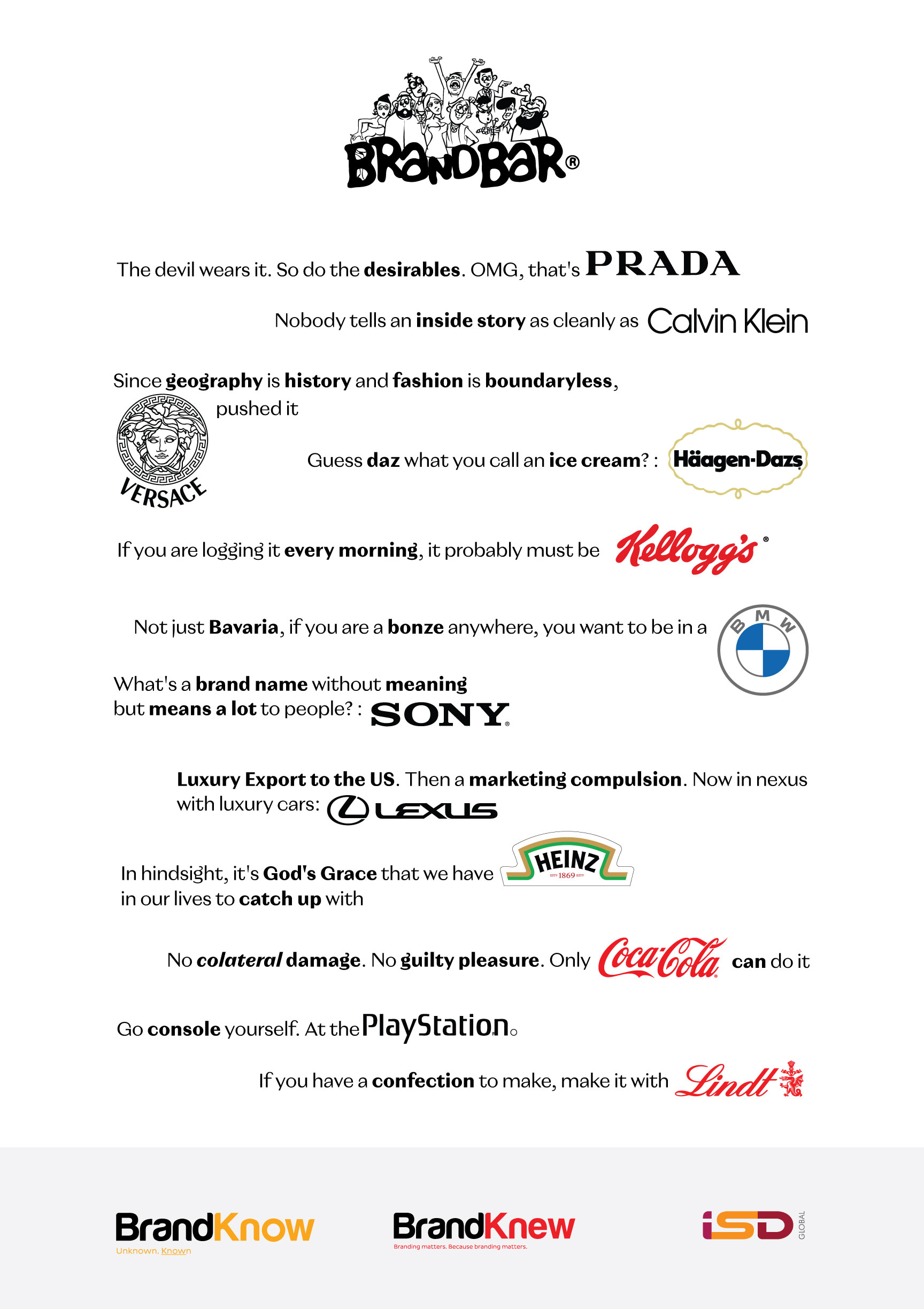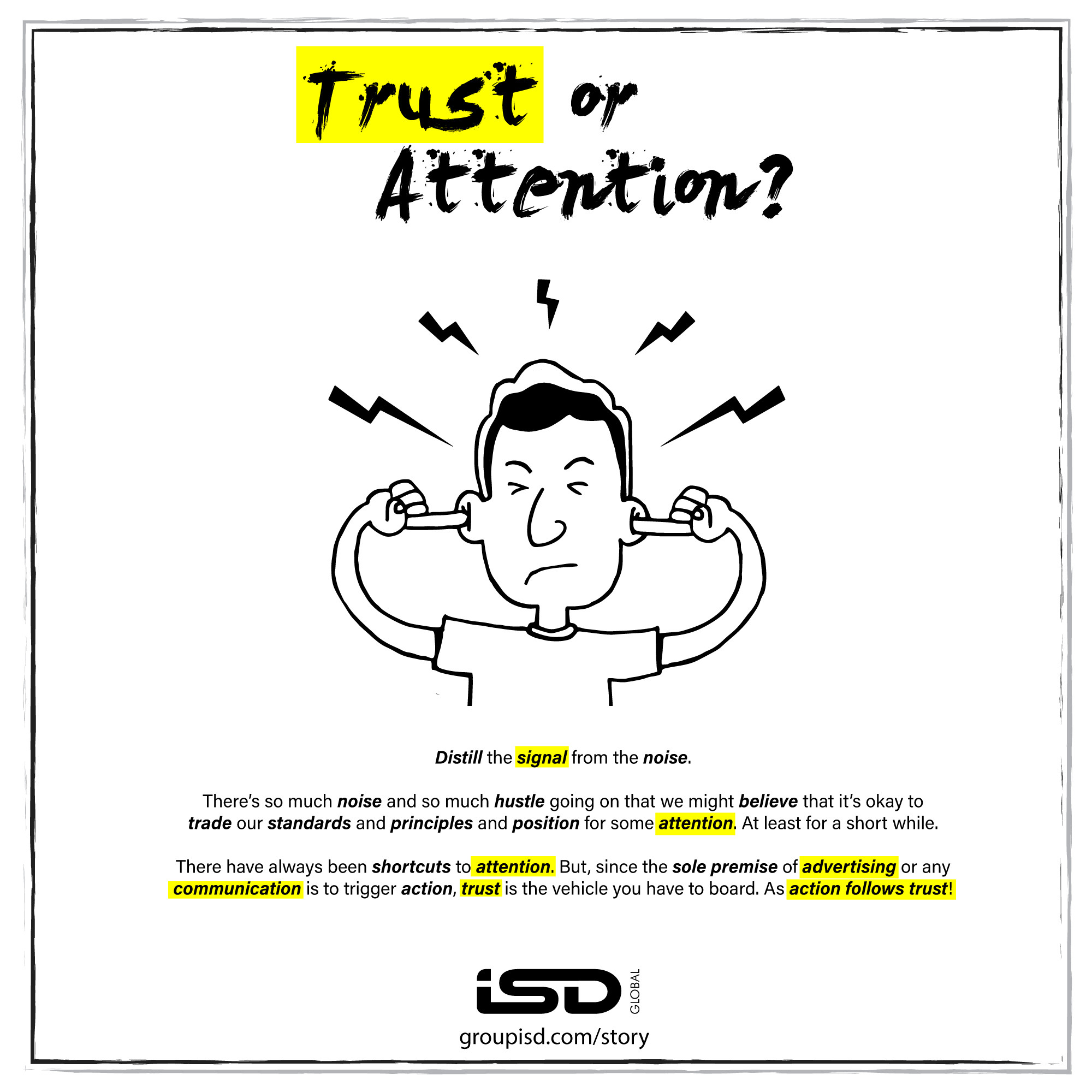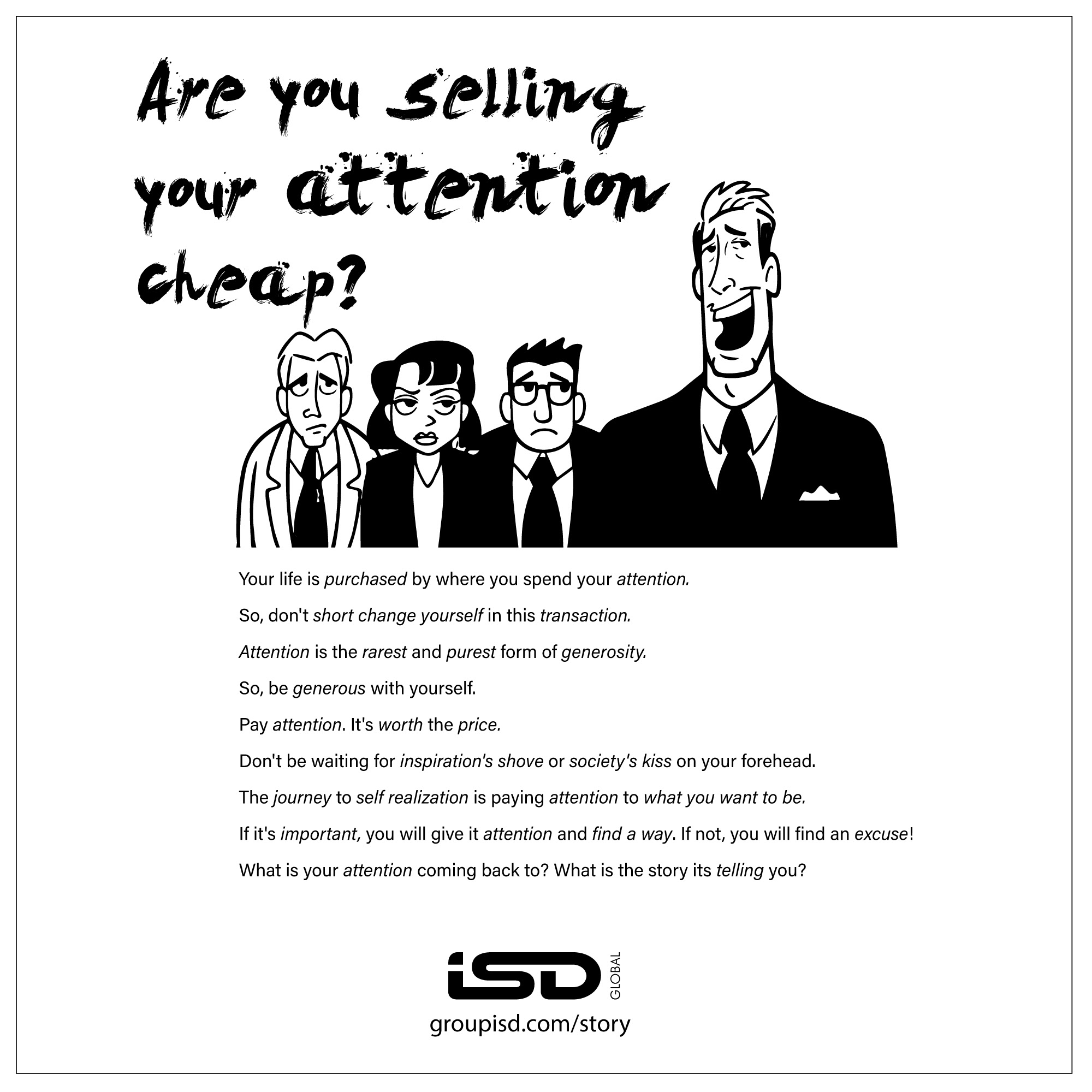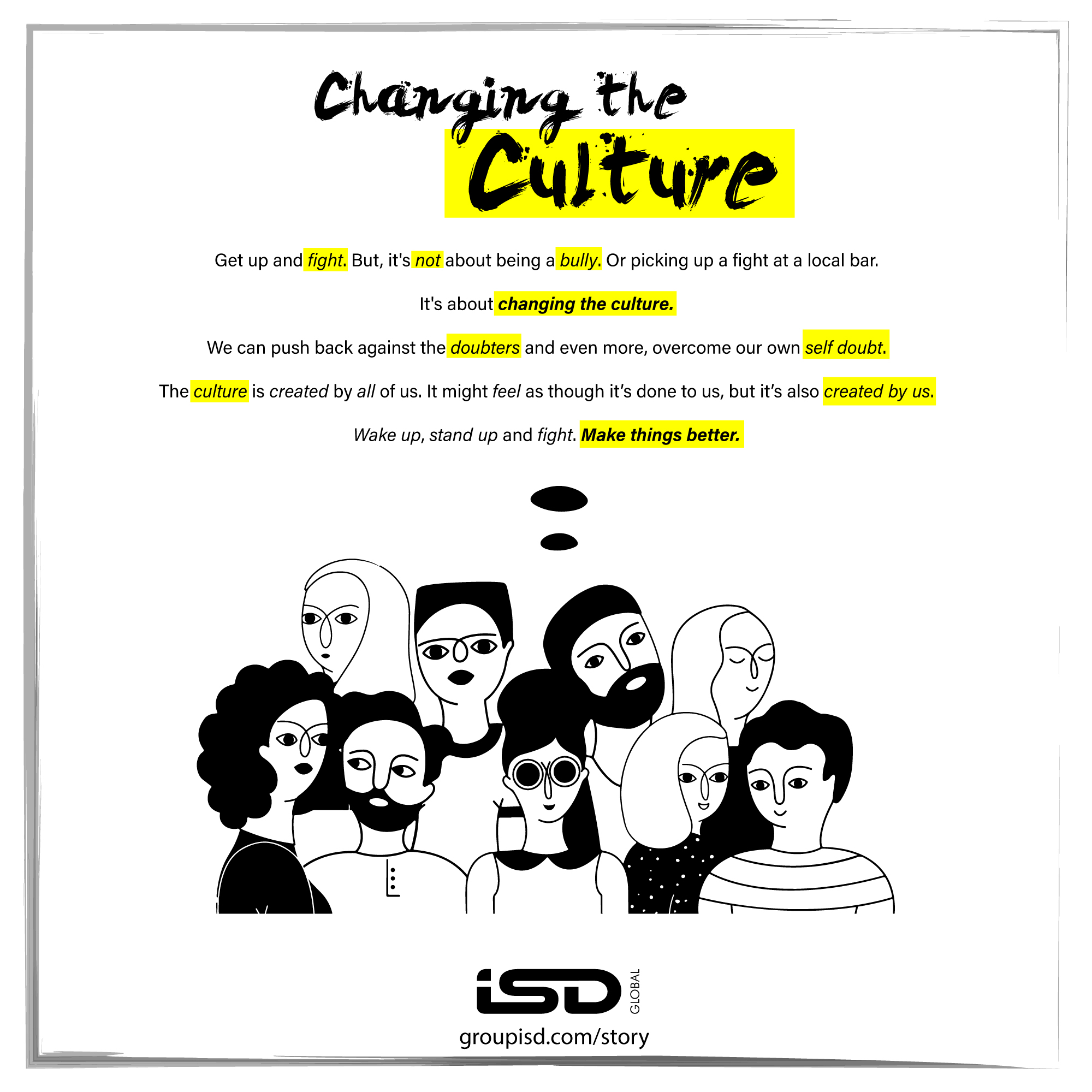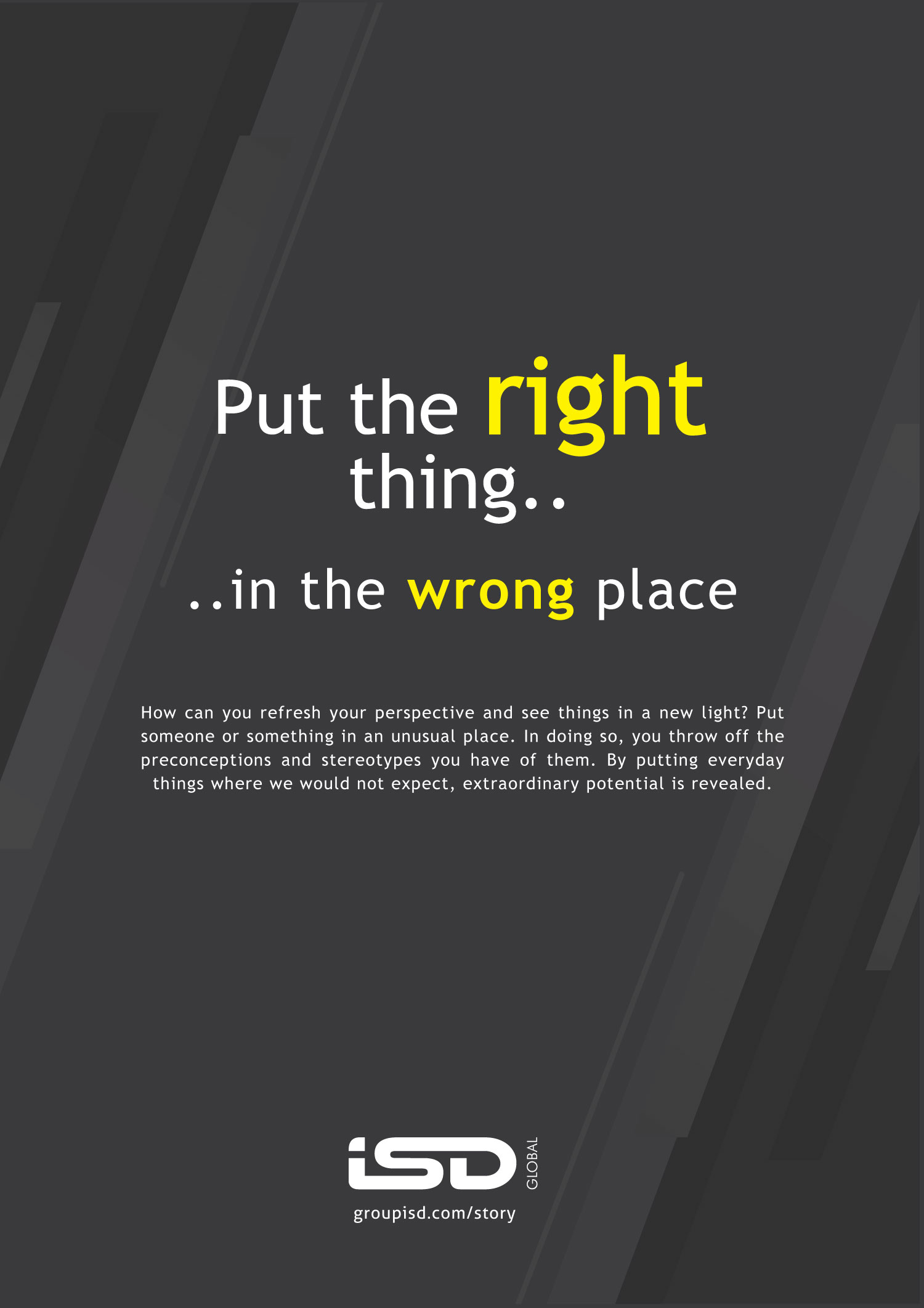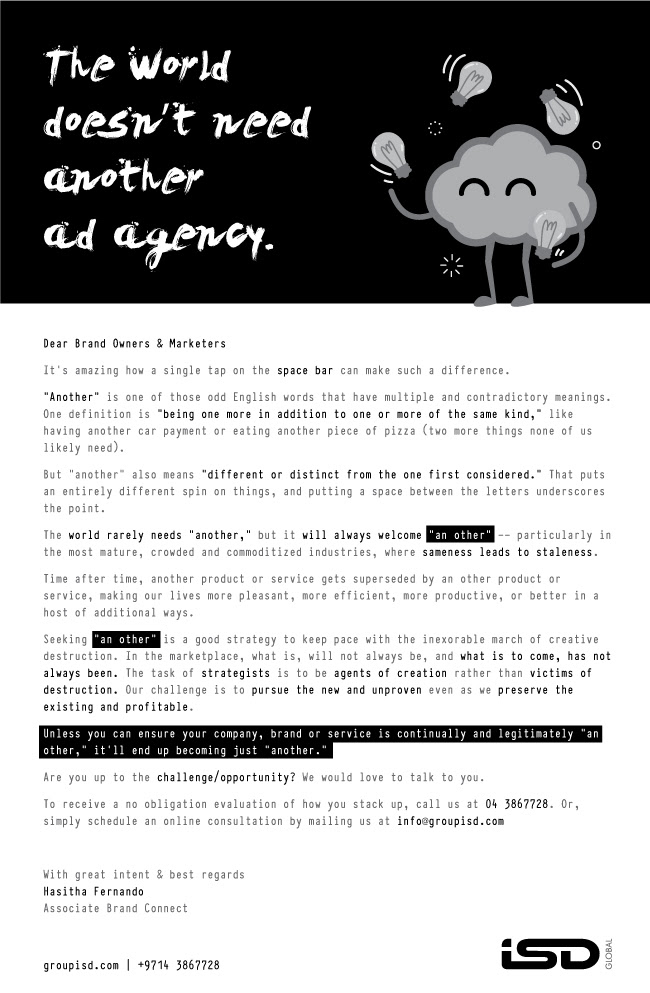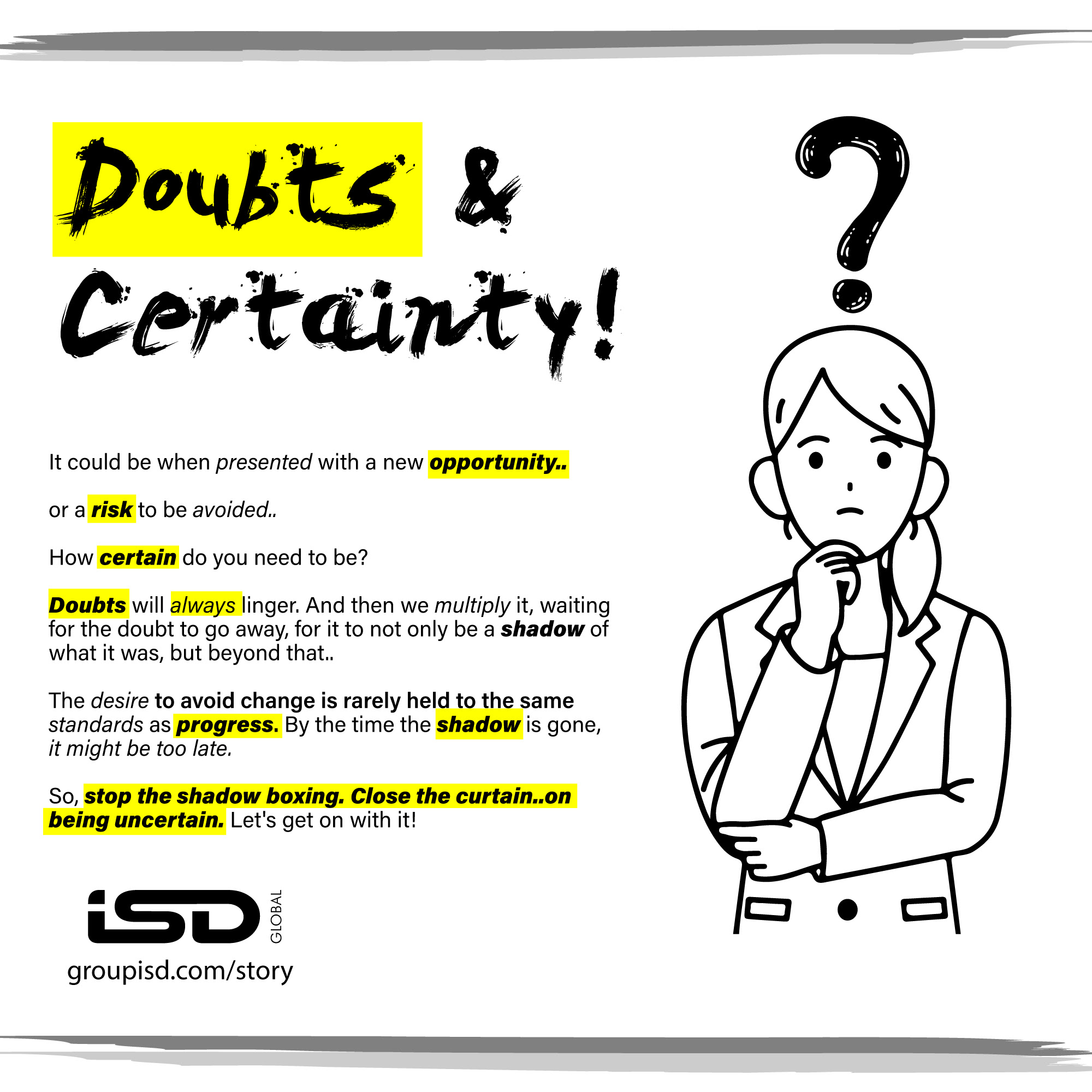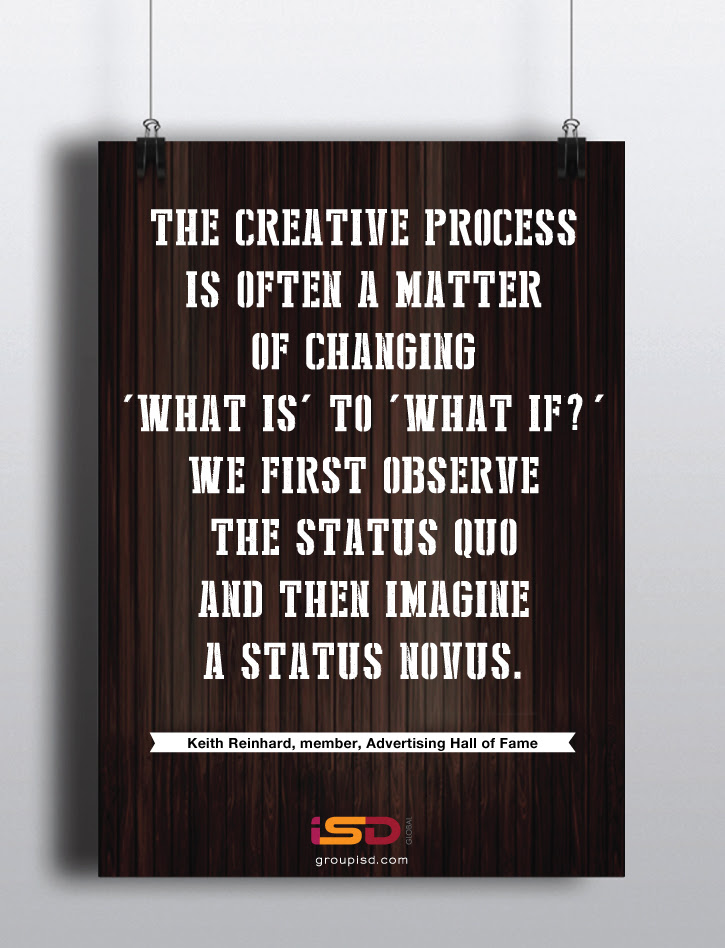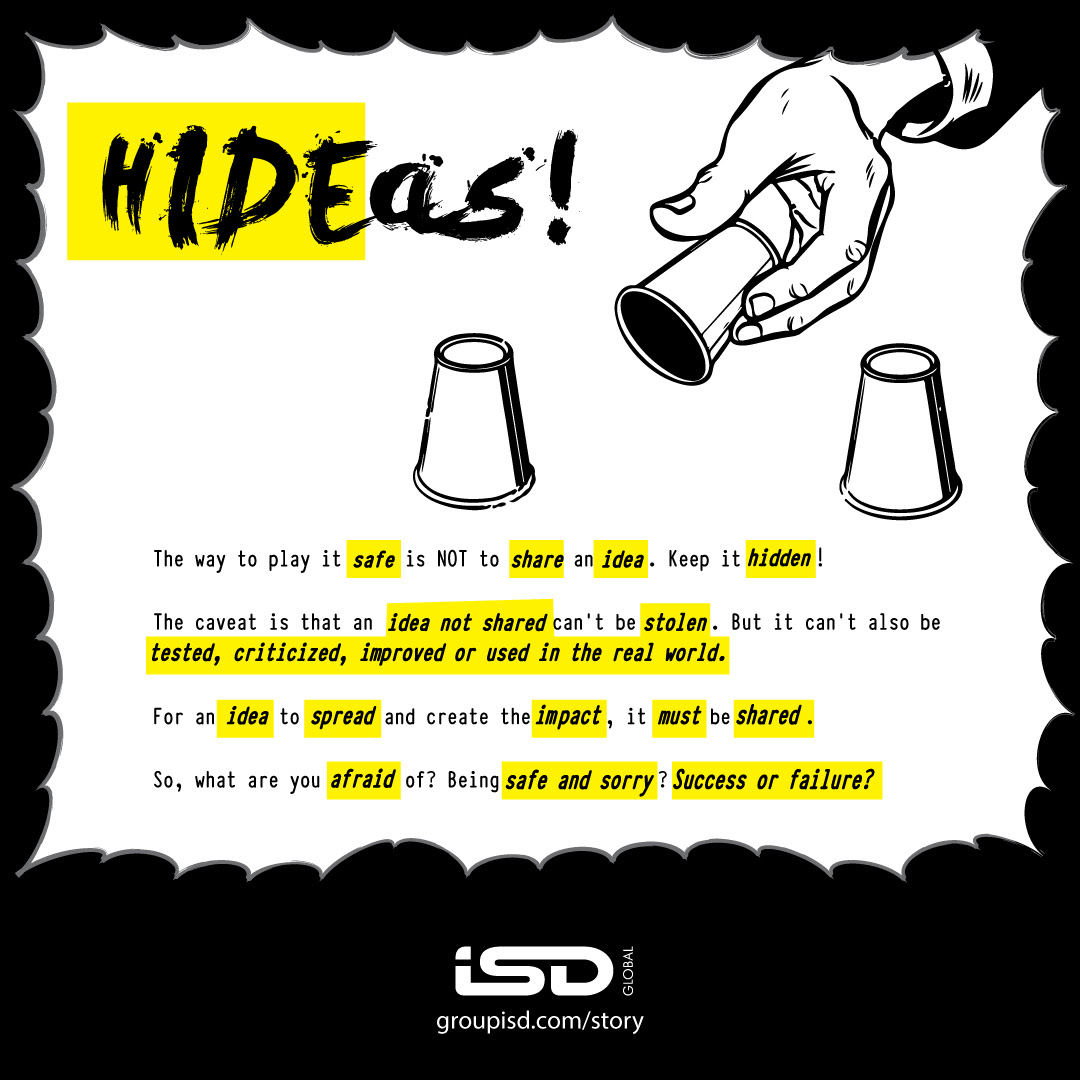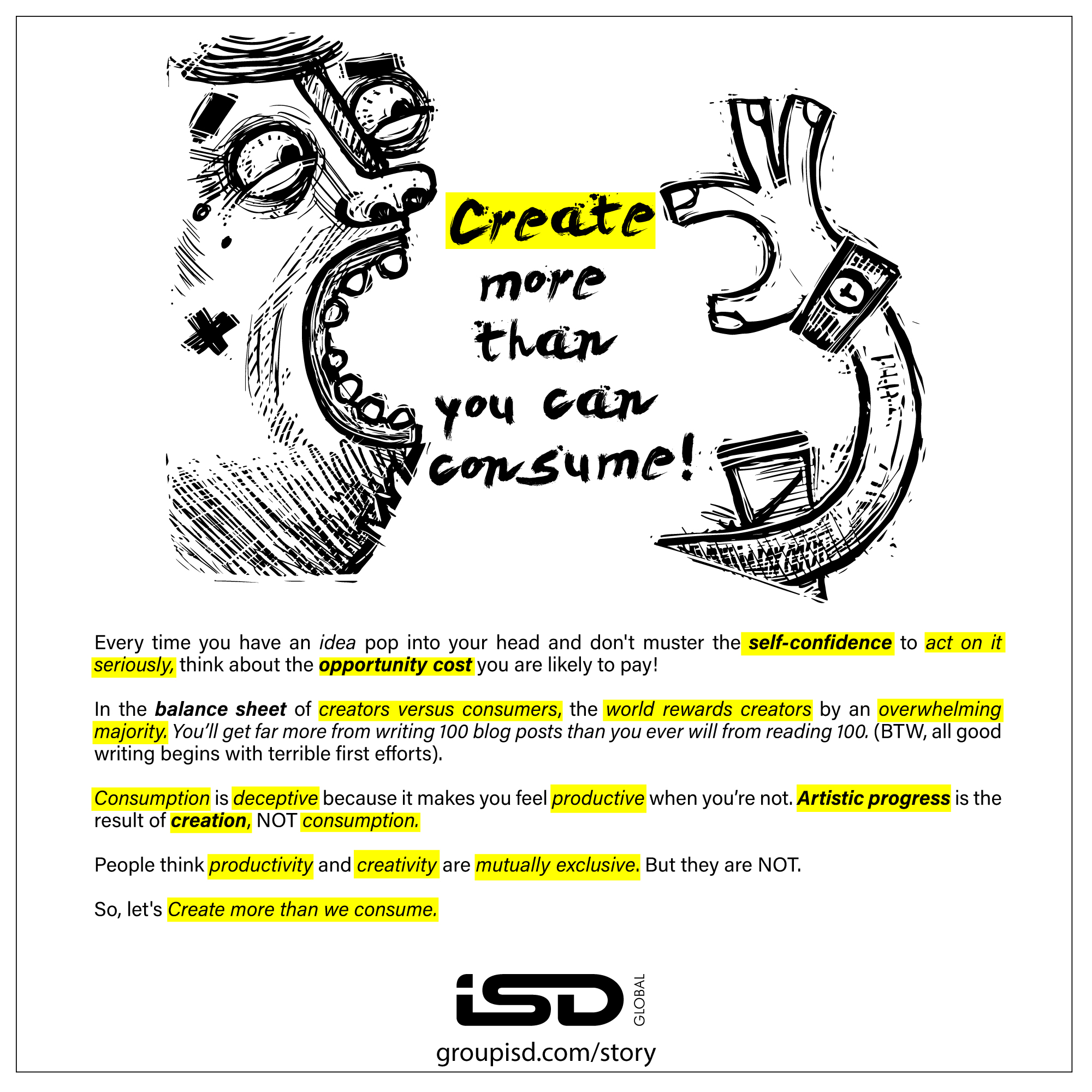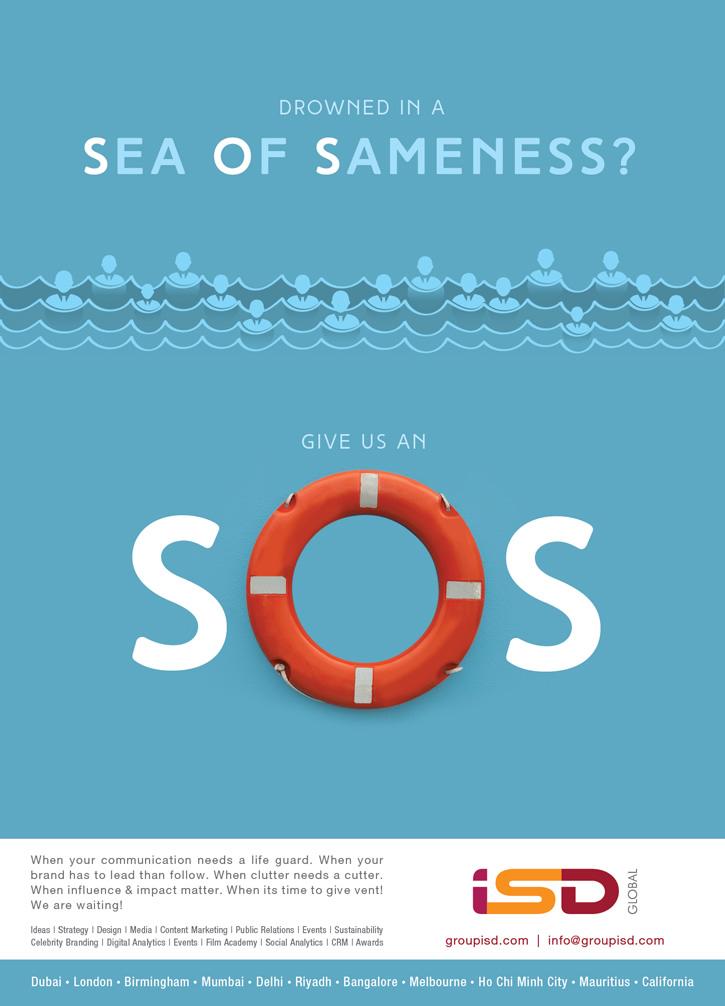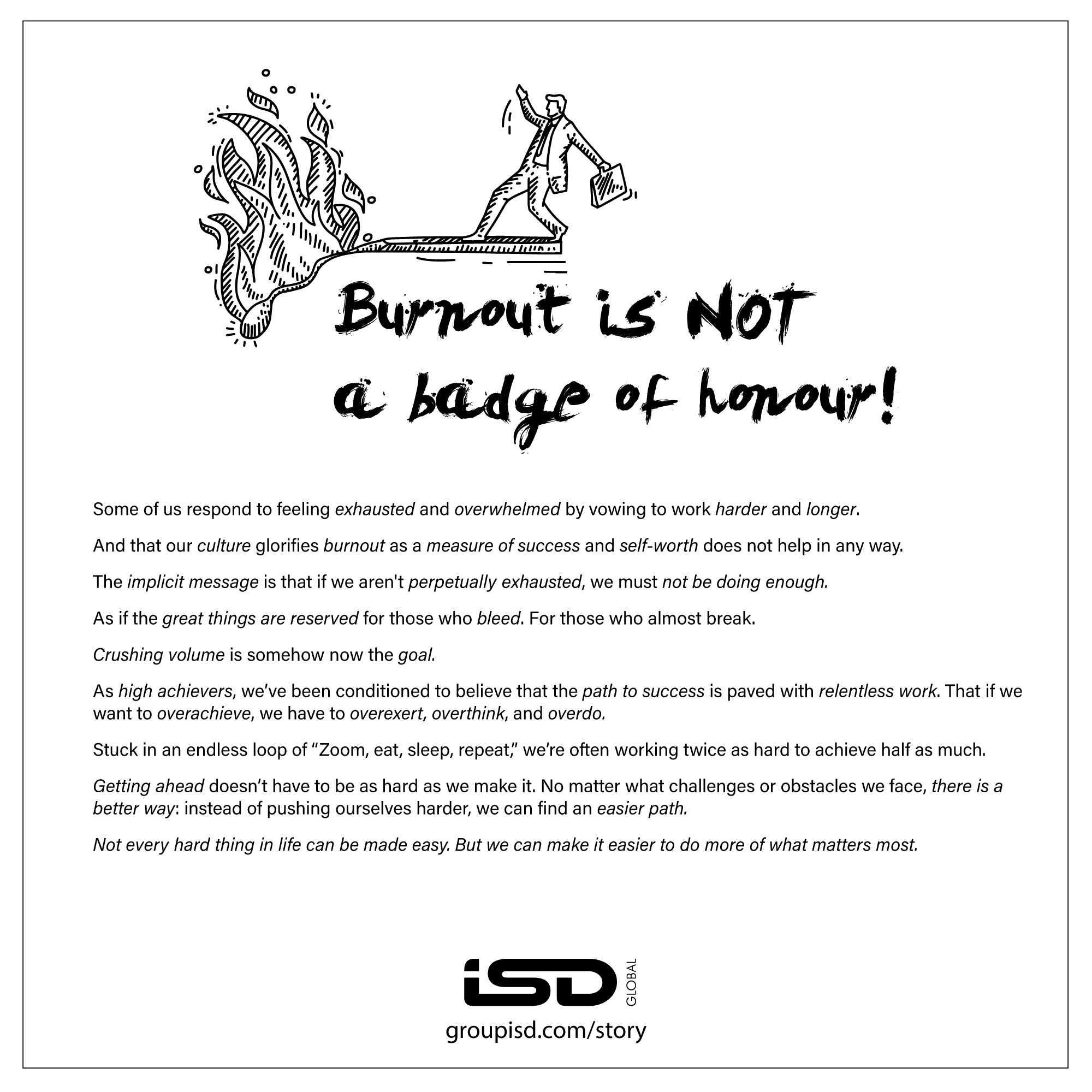The most well-known quote regarding a “lump in the throat” is attributed to poet Robert Frost, stating: “A poem begins as a lump in the throat, a sense of wrong, a homesickness, a lovesickness.”. This phrase captures the idea that a feeling of constriction in the throat can often be a precursor to deep emotions like sadness, longing, or nostalgia.
Creativity, after all, is just our best sense making mechanism for what this is and what we are. We create — a poem or a theorem, a novel or a song or a product or a work of art — in order to explain the world to ourselves and explain ourselves to the world.
The value of marketing does not lie where you have been told it is. So, time to forget those tired email lists, the expensive pre-roll ads, the same old meeting same old. Time after time. As we move on from an ownership economy to an experience economy, what we are responsible to deliver for our patrons and audiences is edge of the seat experiences that bring goosebumps, that LIT(lump in the throat) feeling. Experience is the new ownership.
Forgiveness has the quiet power to dislodge the lump of blame from the thorax of time and fill the lung of life with the oxygen of the possible.
Passion capital is a powerful ally if you want to create the LIT(Lump in the Throat) for your customers. Look no further than brands like Pixar, Singapore Airlines, Disney, Apple, Cirque du Soleil etc. What separates the women from the girls? The great brands from the average ones. Yes- you guessed it- The World’s Most Valuable Asset. Passion Capital.
In a world savaged by commoditisation and frenzied obsolescence( both planned and unplanned) in a perennial quest to be within the SOS(Sea of Sameness), the experience that you deliver, the WOW, goosebumps one, the one that brings the LIT(lump in the throat) into play, will be your best product or service.
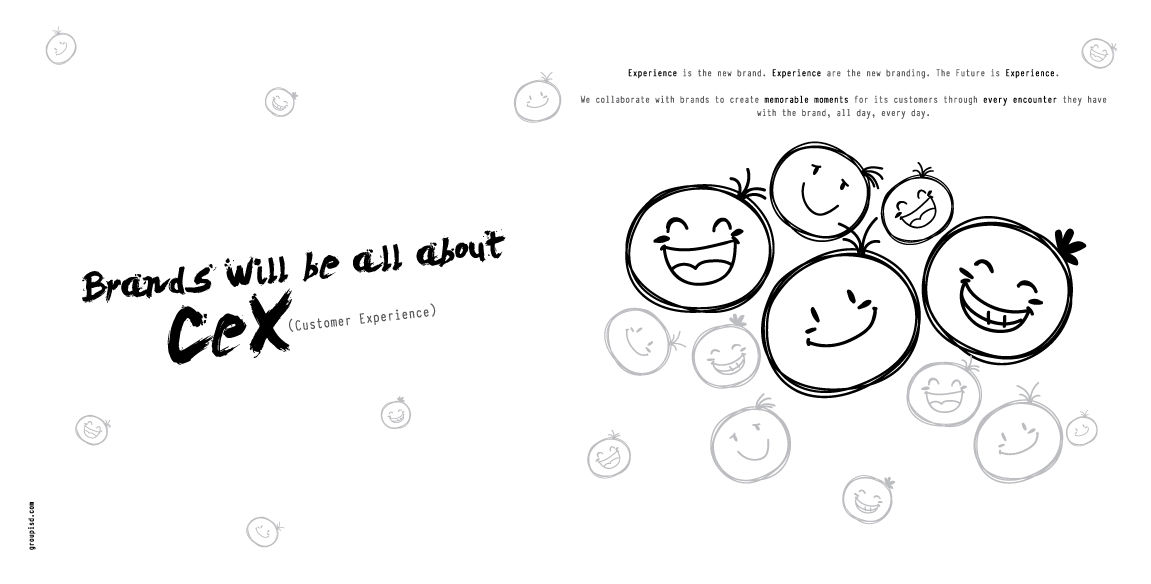
As a brand owner, the quest would be to keep saying ‘ we LIT up the experience ‘ for our customers. Because they are emotional. They are tribal. They are predictably irrational. Because analytics can only inform, but emotions compel.

